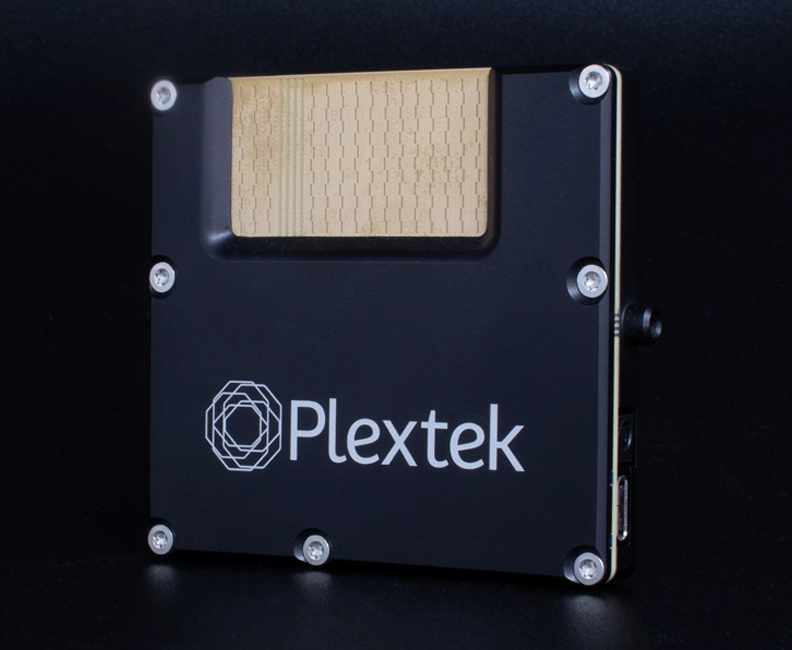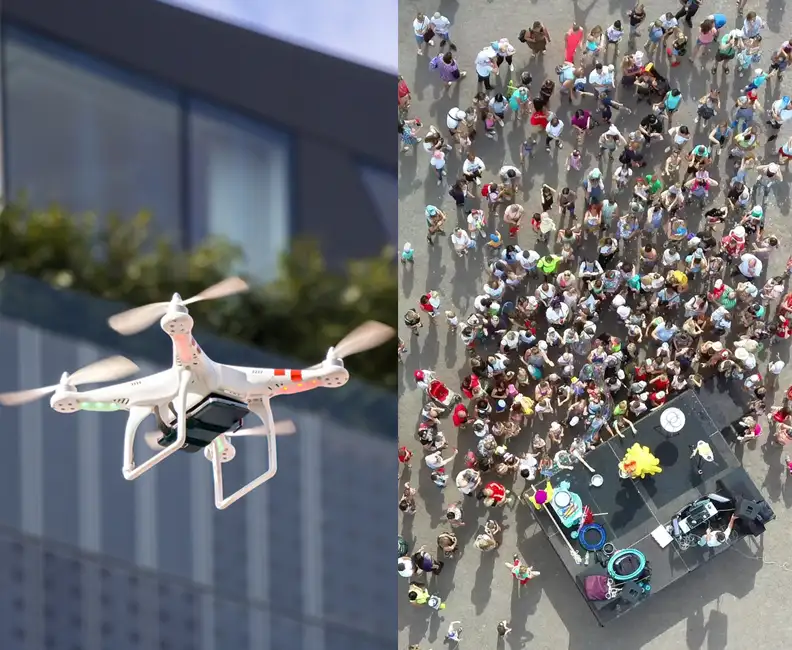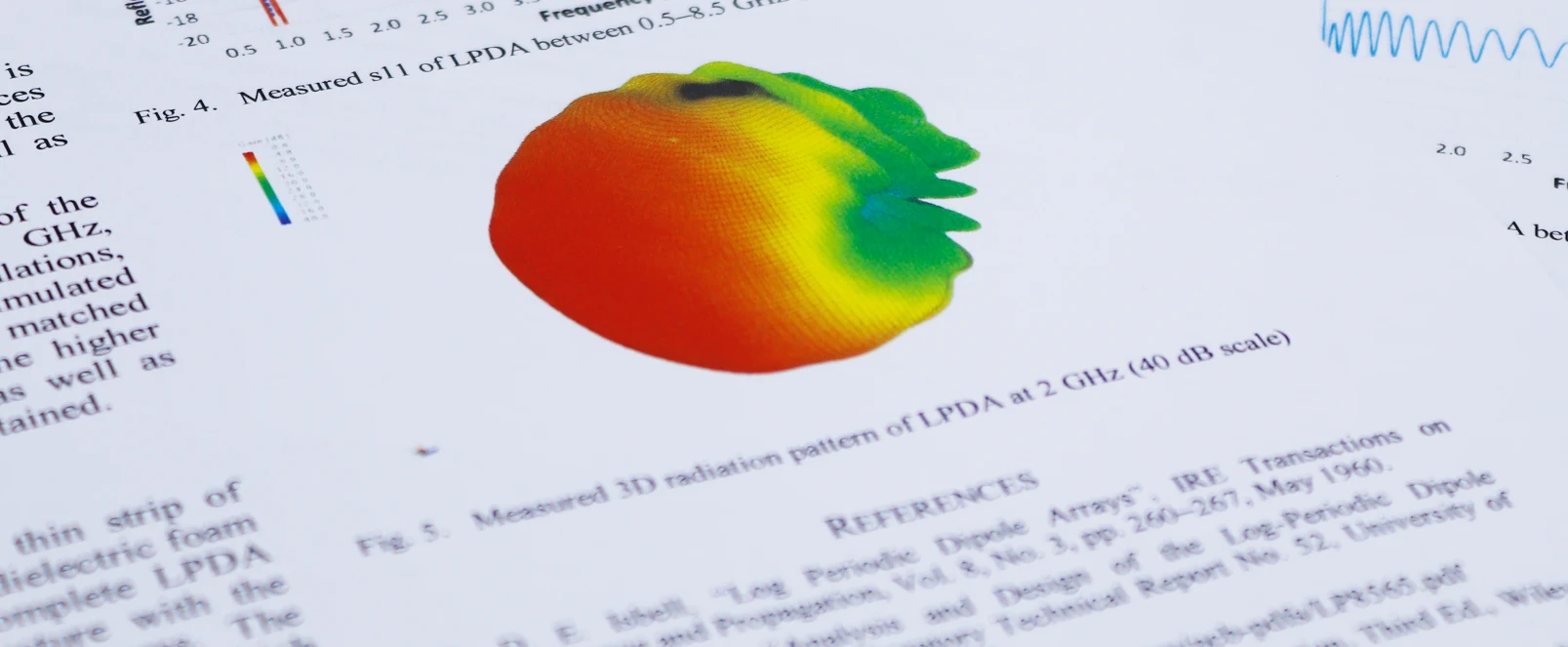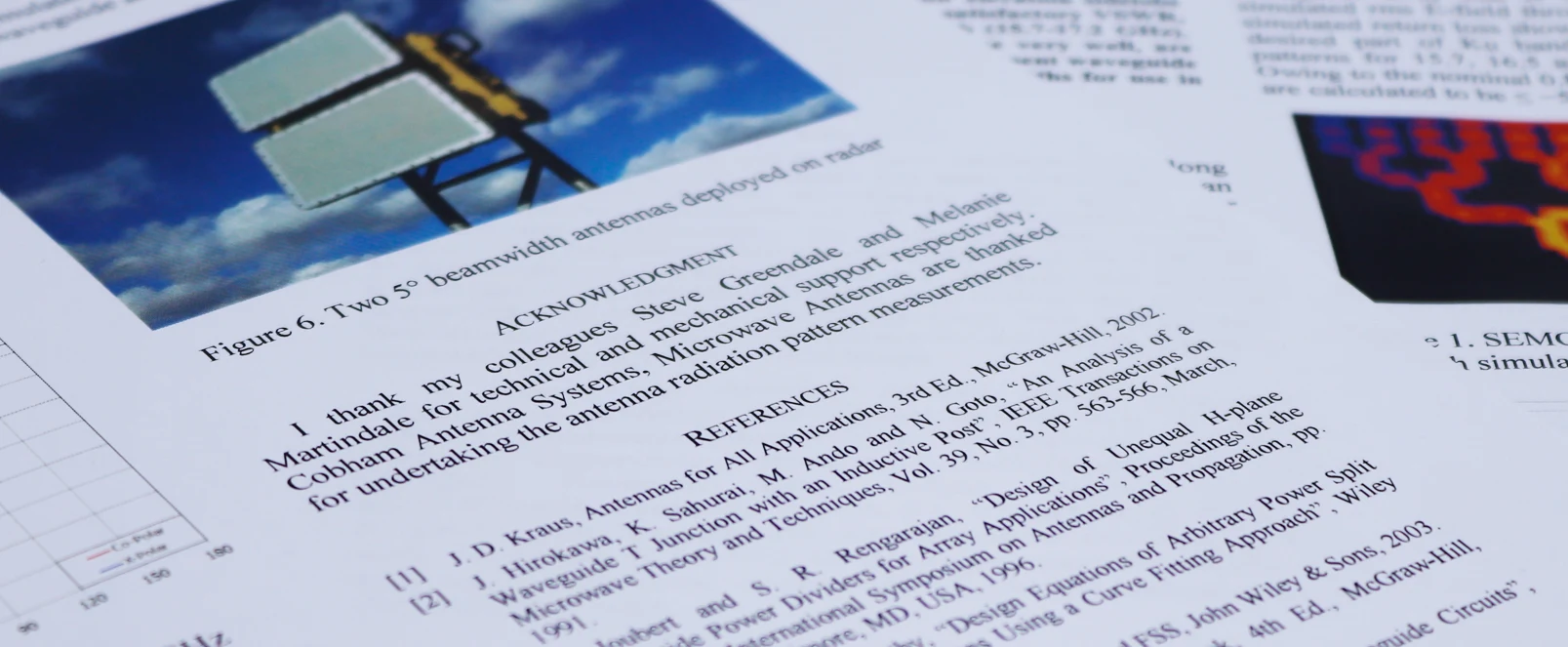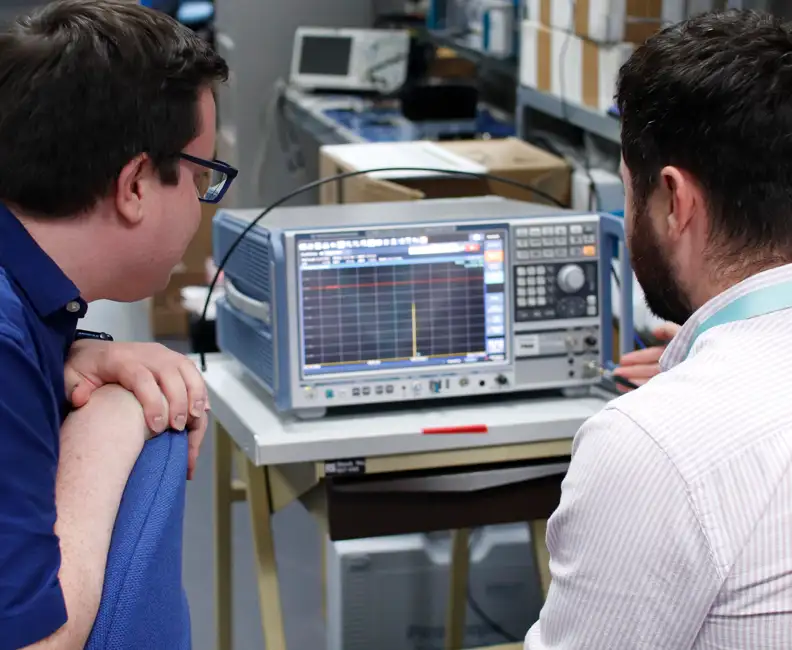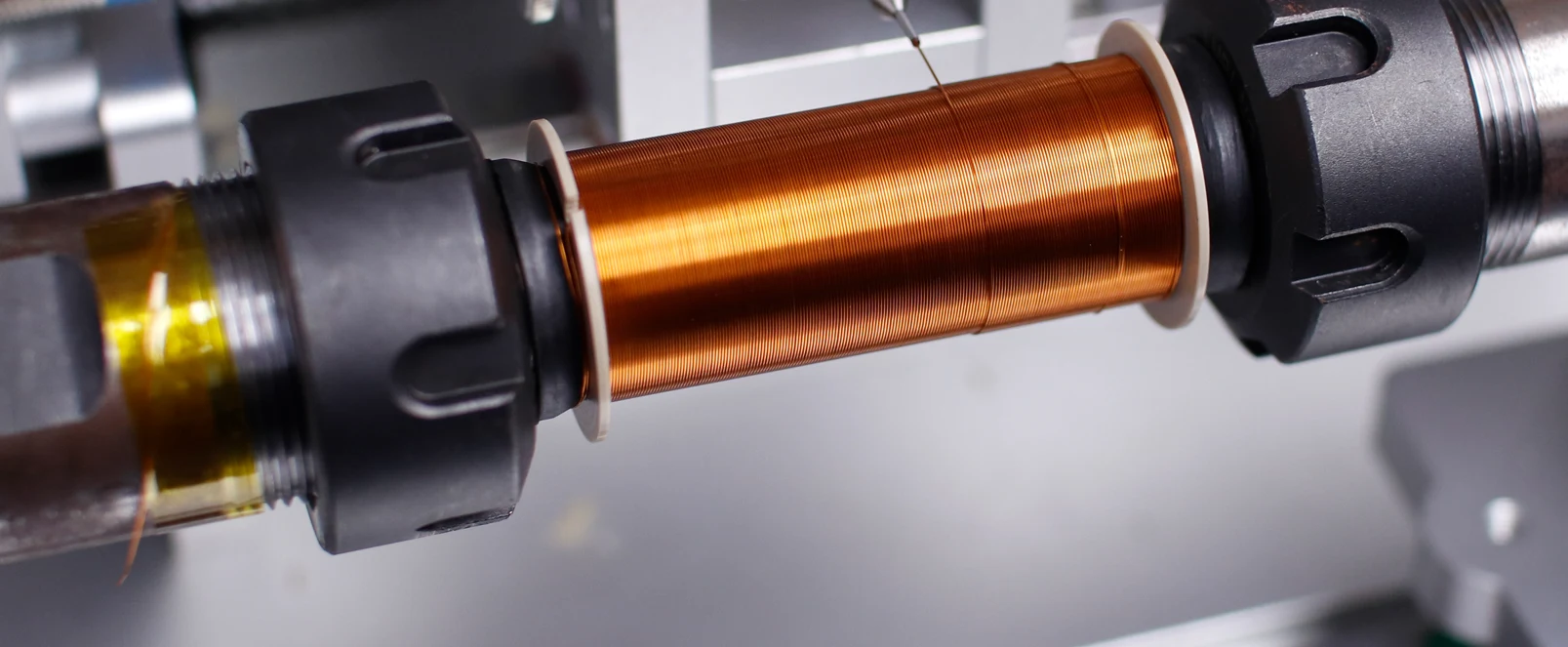Looking to customize your TI mmWave Radar? You’re in the right place.
Welcome – and thank you for visiting this link from Texas Instrument’s Partner Page.
Where many companies offer off-the-shelf products, Plextek specialises in developing custom technology without compromise.
We can tailor the xWR6843 beyond its standard capabilities to meet your specific requirements.
What customisation do you need?
Please accept cookies in order to enable video functionality.
Our award winning mmWave radar technology improves the safety and efficiency of businesses operating across multiple industries
Tell us what’s important; we’ll engineer the solution.
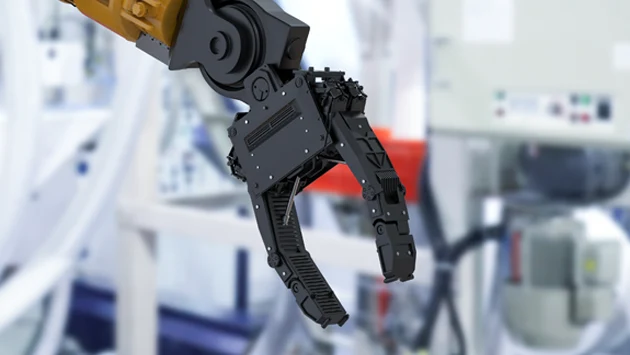
Ground
For partners who are developing autonomous mobile robots (AMRs), we optimised the radar module for short range detection (10s of meters) with very fine range resolution (4 cm). We also increased the update rate to monitor complex environments from a moving platform. Finally, we developed interference mitigation techniques to enable dozens of AMRs to operate simultaneously within close proximity.

Air
For partners placing low-SWaP sensors on drones, we configured a radar module to point downwards, use 1-m range resolution and operate over 150 m range. This radar performed terrain referenced navigation to help the drone maintain awareness of its position to within 10 m even after losing GPS data. The radar module was also able to characterise the types of vegetation and terrain gradients below the drone.
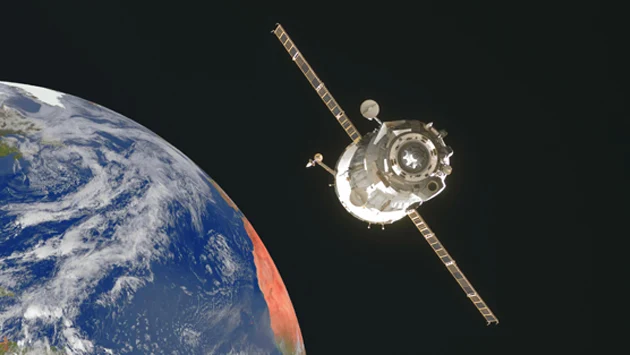
Space
For partners needing a low-SWaP radar for rendezvous and proximity operations, we configured a radar module to detect a satellite at hundreds of meters and vary its range resolution as it approached the satellite. We can also reconfigure the antenna to meet the customer’s field of view requirements.
A TI-T60 comparison
Plextek has taken TI’s xWR6843 and improved multiple capabilities.
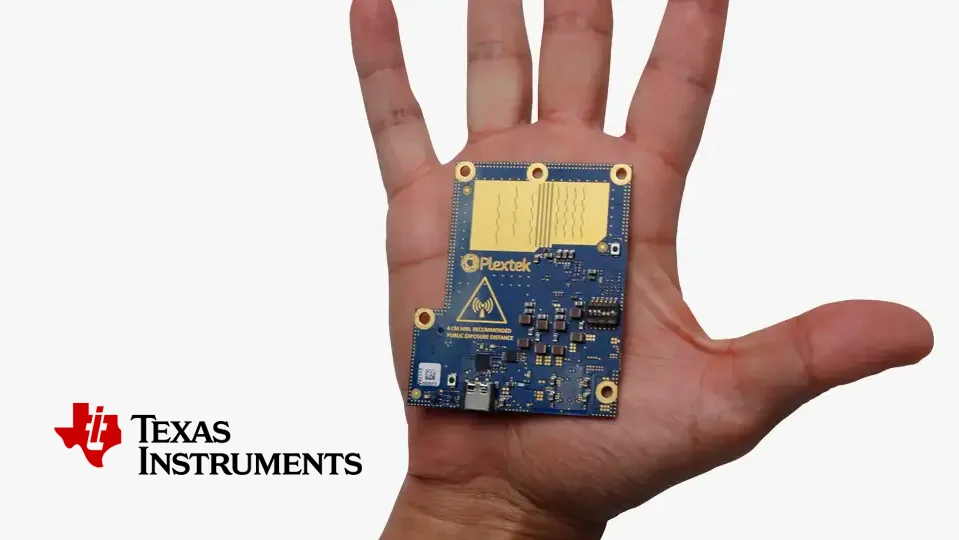
- Antenna upgrades
- Uses the full 4 GHz BW
- Offers different FOVs (both 2D and 3D)
- Can provide high gain, wide beamwidth
- Can provide higher gain, narrow beamwidth
- Improves resolution out to further ranges
- MIMO reconfiguration using all three transmitters simultaneously
- Provides longer range detection
- Can operate at higher update rates
- Increased detection ranges
- Plextek can build new PLX-T60 variants with higher power amplifiers on transmit and improved low noise amplifiers for receive.
- These improvements can more than double the detection range beyond the current PLX-T60s.
Why choose Plextek?
Tailored solutions
Understanding that one size does not fit all, the PLX-T60 is designed with flexibility at its core. Around 80% of the development is pre-configured, leaving room for that crucial 20% customization based on your needs. This approach ensures that you receive a solution that is both advanced and perfectly aligned with your application requirements.
Our expertise spans mmWave radar, signal processing, sensing, and more, developed through diverse sectors and applications. This wealth of knowledge and insights offers valuable resources for your business.
The technology edge
Build your solution on a reliable and proven base. Using solid-state technology, renowned for its consistent dependability, our platform offers a highly valuable advantage in your application where reliability is crucial.






